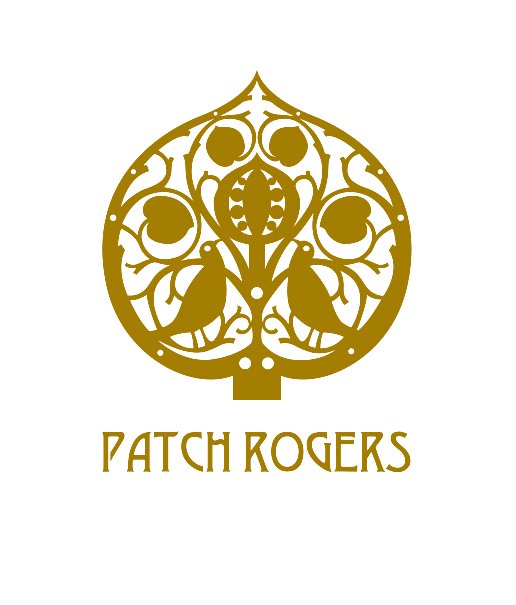GLASGOW SCHOOL EMBROIDERY
GLASGOW SCHOOL EMBROIDERY
Glasgow School Embroidery Tryptich Circa 1900
In the late nineteenth century, a new style of embroidery developed at the Glasgow School of Art, which influenced Western embroidery for many decades to come. The new style was developed following changes at the School that took place after 1885 when Francis H. Newbery was appointed as director. He allowed students to develop their own individual talents, rather than forcing them to follow a strict, Classical form of learning.
Designs by the Glasgow Four included embroidery patterns (notably those made by the two sisters). Another important influence on the Glasgow School with respect to embroidery, was the appointment of Jessie Newbery as head of the Department of Embroidery in 1894. Their aim was to show that the design and stitchery should arise naturally out of the technique chosen and that designs should and could be worked quickly. Appliqué became a favourite technique, as did embroidering with crewel (woollen) threads (rather than with fine silks).
In order to encourage the exploration and understanding of embroidery, the Glasgow School of Art set up an embroidery collection (similar to the Needlework Development Scheme, which was also based in Glasgow), with objects that were available for loan to schools and similar institutes throughout Britain. In addition, lectures and practical courses for teachers were given by the Department in many towns in both Scotland and England.
In 1910, the British art journal, The Studio, summed up the embroidery style of the Glasgow School of Art as follows: “It is not founded on tradition and has no resemblance to any style that preceded it. The new embroidery is common in this respect to the oldest arts, it takes the everyday things of life, and by a simple individualistic process seeks to make them beautiful as well as useful.




